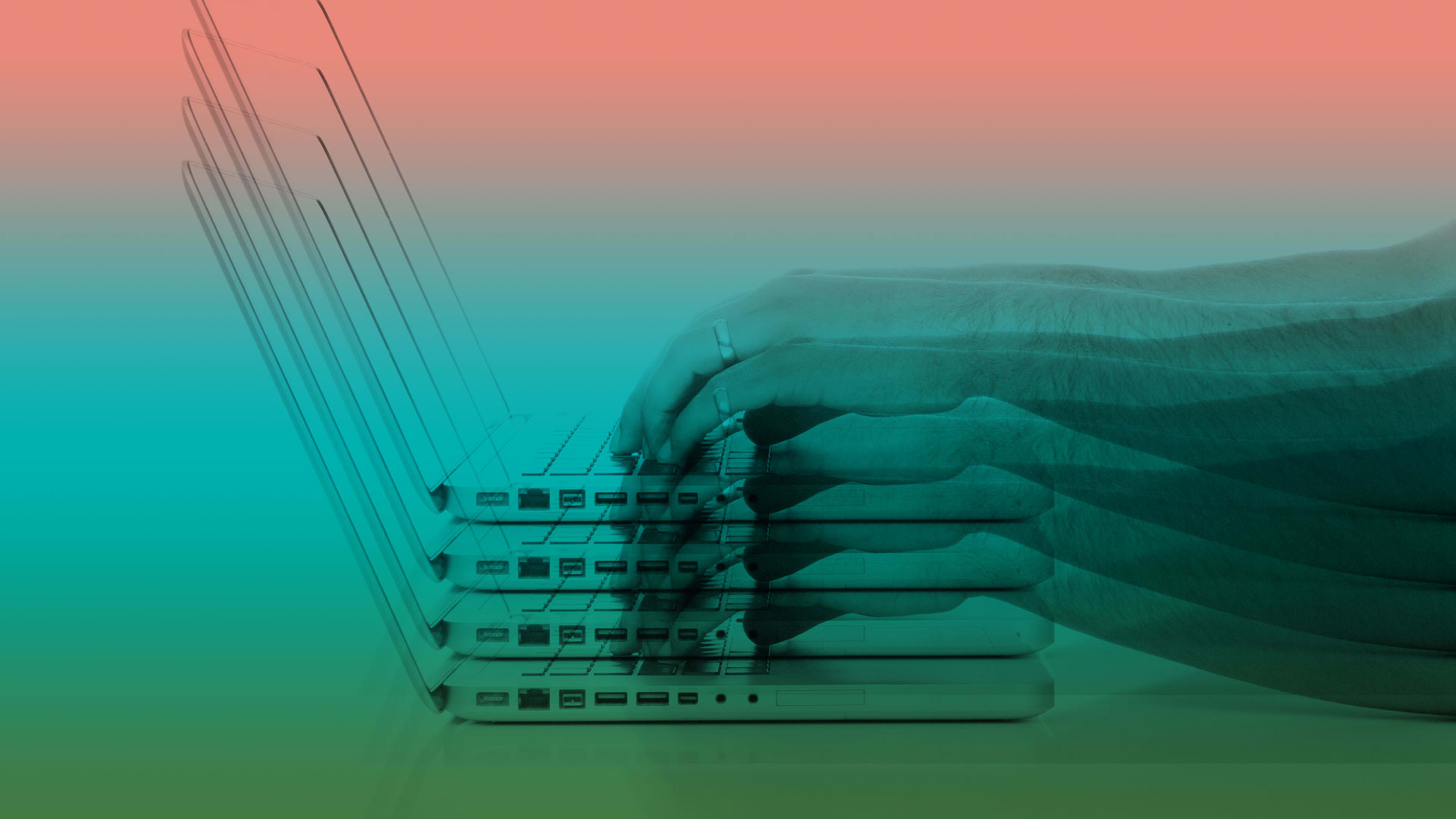Feel like your inbox is always full? You’re not alone; 70% of people have more than 1,000 emails in their inbox, and 76% of people never empty their inbox, according to research by corporate productivity consultants Double Gemini.
Email can feel like a necessary evil, but it doesn’t have to consume so much time. Your email habits and lack of a good system could be slowing you down considerably, says Prasanth Nair, Double Gemini CEO.
Nair used to struggle with email and tried several systems to simplify the process, including David Allen’s Getting Things Done (GTD). Nothing helped.
“The [GTD] two-minute rule fragmented my time and some folders got overloaded with emails,” he recalls. “It required too much effort, and gave me anxiety.”
While processing emails one day, Nair had a light-bulb moment: Emails aren’t messages, they’re actions. And an inbox isn’t good at sorting and prioritizing them.
By default, inboxes prioritize emails by date. Even if you flag messages that you deem important, pulling them to the top of your inbox, new messages will be listed below, some of which could be important, too. It’s difficult to quickly know and handle what’s most urgent and important.
With the idea that messages are actions, Nair set up folders to organize them based on action type, a process he later named the Stack Method.
How it works
The Stack Method requires no special software and will work with your email provider. Start by creating three to six folders named for distinct actions you do every day. Nair suggests using these five folders:
- Reply: Emails that need a direct response
- Forward: Actions that need to be delegated or offloaded to other systems
- Meet: Anything event or meeting that needs to be scheduled on your calendar
- Review: Newsletters or emails you’re CC’d on
- Do: Tasks that have to be done (Nair sometimes emails himself a reminder for something he needs to do).
If any of these folders don’t work for you, Nair suggests removing it. Or if you have another type of action you do, add a folder based on that need.
Nair starts his day by opening his inbox and sending emails to the correct folders using keyboard shortcuts. If he has 100 emails, Nair says it takes about five minutes to move them. He then works through his action folders, which are stacked in order of importance. He handles emails in the Reply folder first, then Do, Meet, Forward, and Review.
Batch processing a set of similar action saves time because you stay in the same mode. It’s faster to stick to replies and handle them at once, because you’re in reply mode, says Nair, and when you’re in meet mode you can keep your calendar open and get all of your scheduling done. The average person spends a minute and a half on each email, and stacking can cut that time in half, says Nair.
During the day, Nair works from his inbox. If he knows he won’t complete the action that day, he moves it to his action folder to handle during his next stacking session.
The Stack Method also includes rules for flagging, archiving, and managing the actions, and Nair created a free video series that walks you through it. He also leads corporate workshops as a way to help employees at various companies reduce the amount of time they spend on email.
“The average person who masters our technique gets back over 250 hours per year,” says Nair.
Scheduling time for email
Check email a set number of times per day, and book time on your calendar to process the messages in each folder. If you don’t, you risk fragmenting your thinking, says Nair.
“[Project management expert] Tom DeMarco taught us that it takes 15 minutes to warm up to task and 10 minutes to make progress,” he says. “If you don’t work for 25 minutes straight, you’re not getting into deep work. If you’re constantly checking email, an hour task that requires focus will take you two hours to get done.”
Processing email quicker is a big benefit, but the ultimate reward is getting to inbox zero, says Nair. “I tell people to pay attention to that moment in time–that moment of clarity,” he says. “You’re all caught up with your old email. Everything in the past is covered, and you can be 100% certain that you haven’t missed anything. This creates so much mental relief and pretty much eliminates any stress you have about email. Pay attention to how you feel in this moment; it’s one of the key rewards to stacking.”
Recognize your company's culture of innovation by applying to this year's Best Workplaces for Innovators Awards before the extended deadline, April 12.
